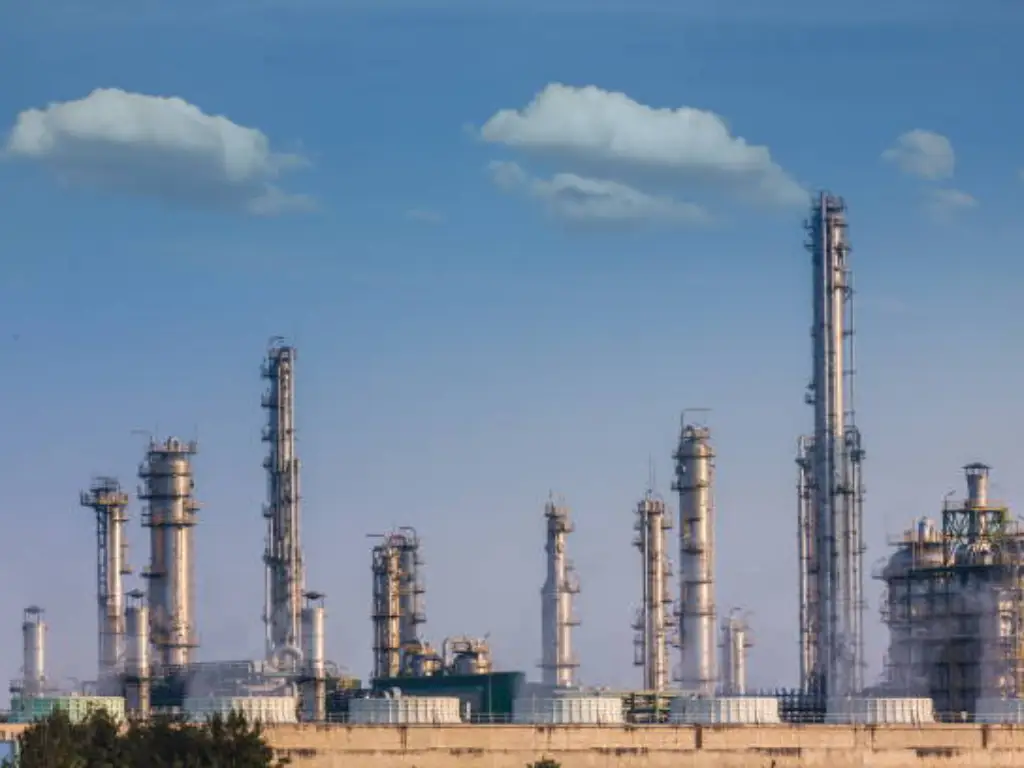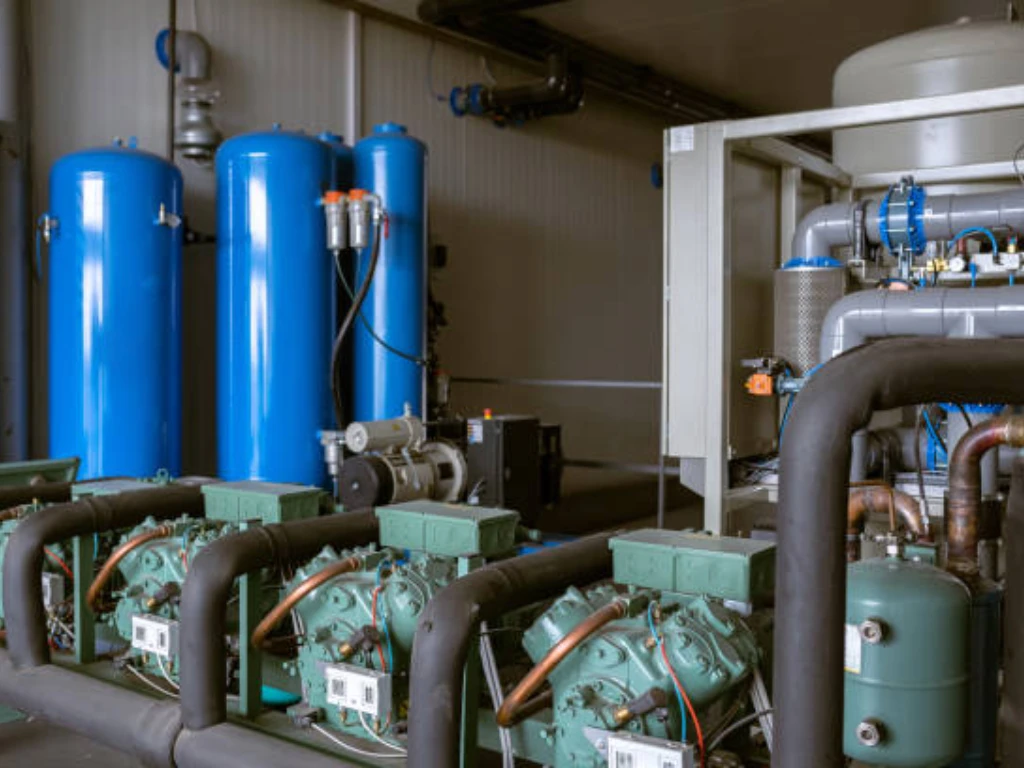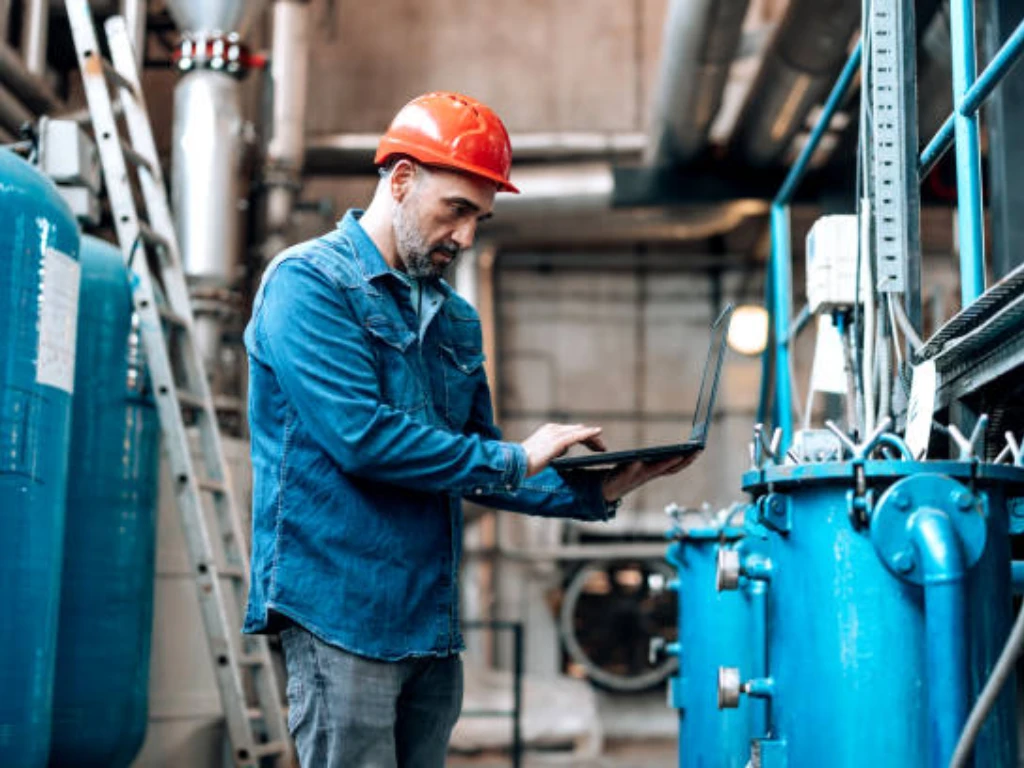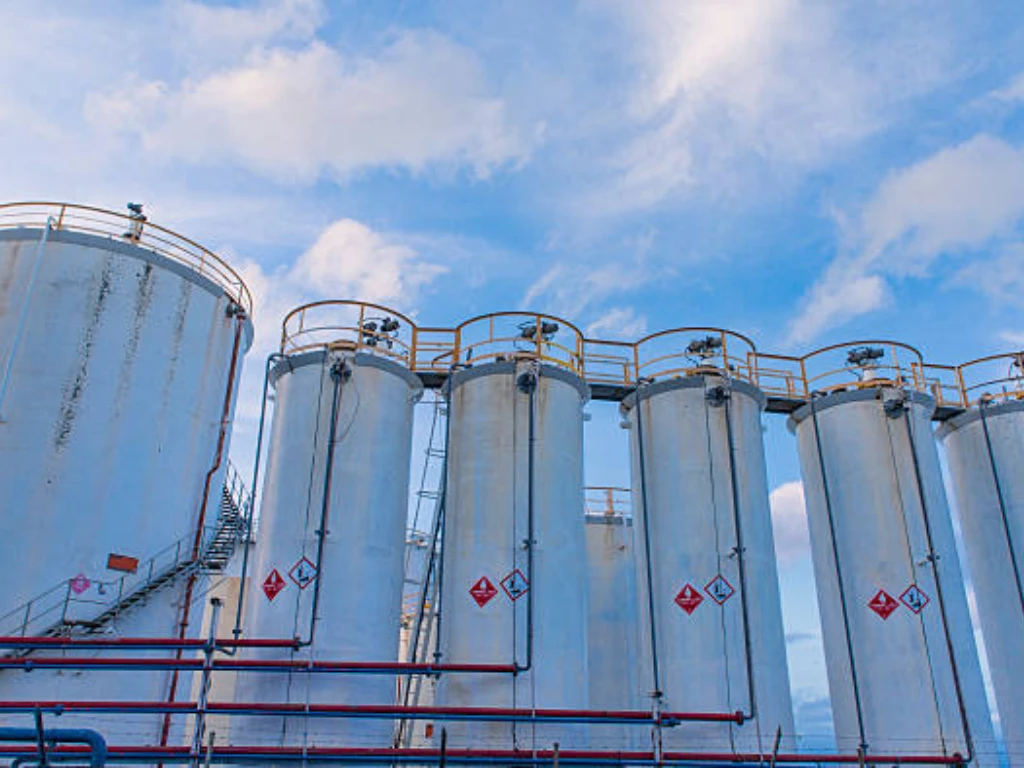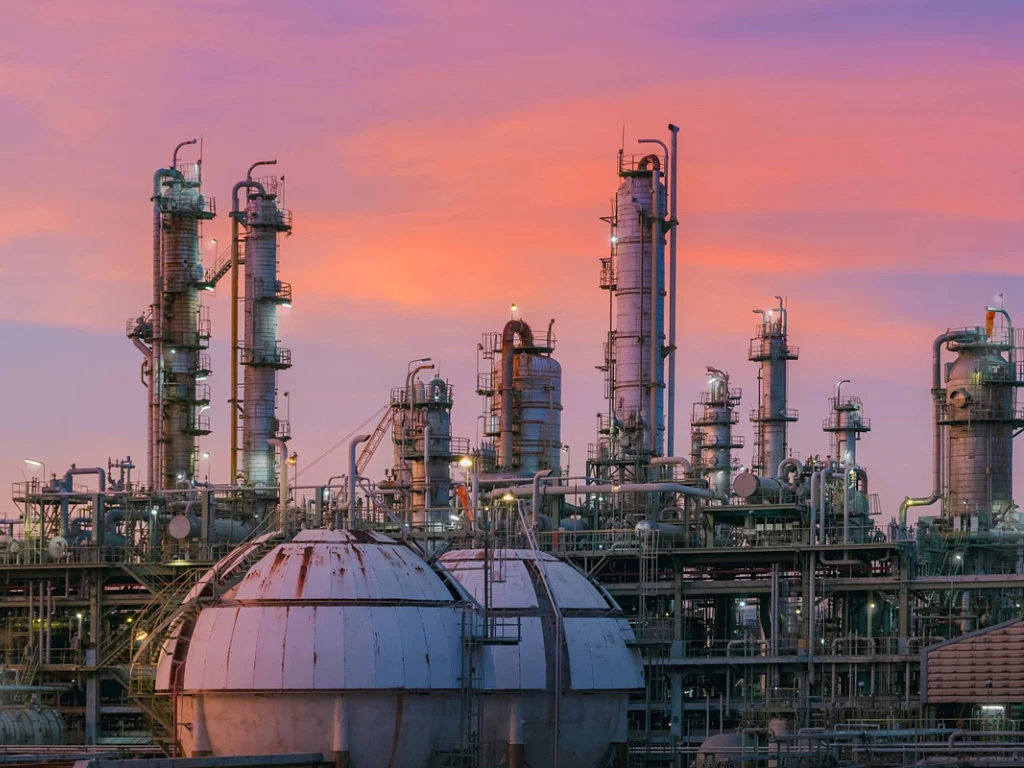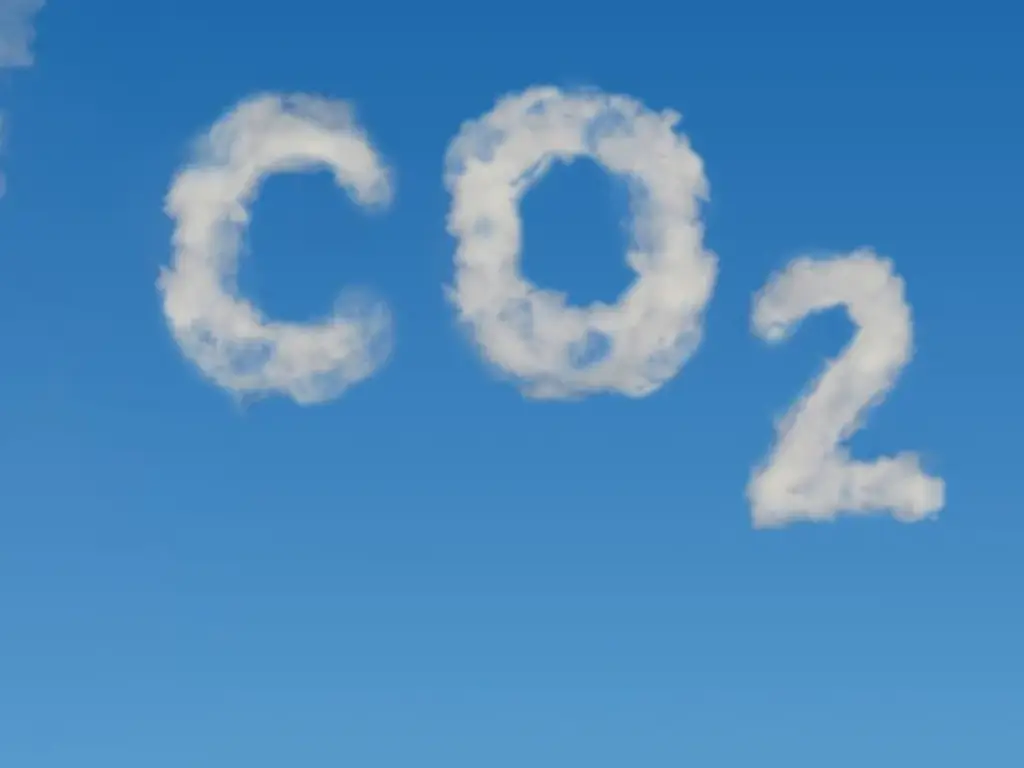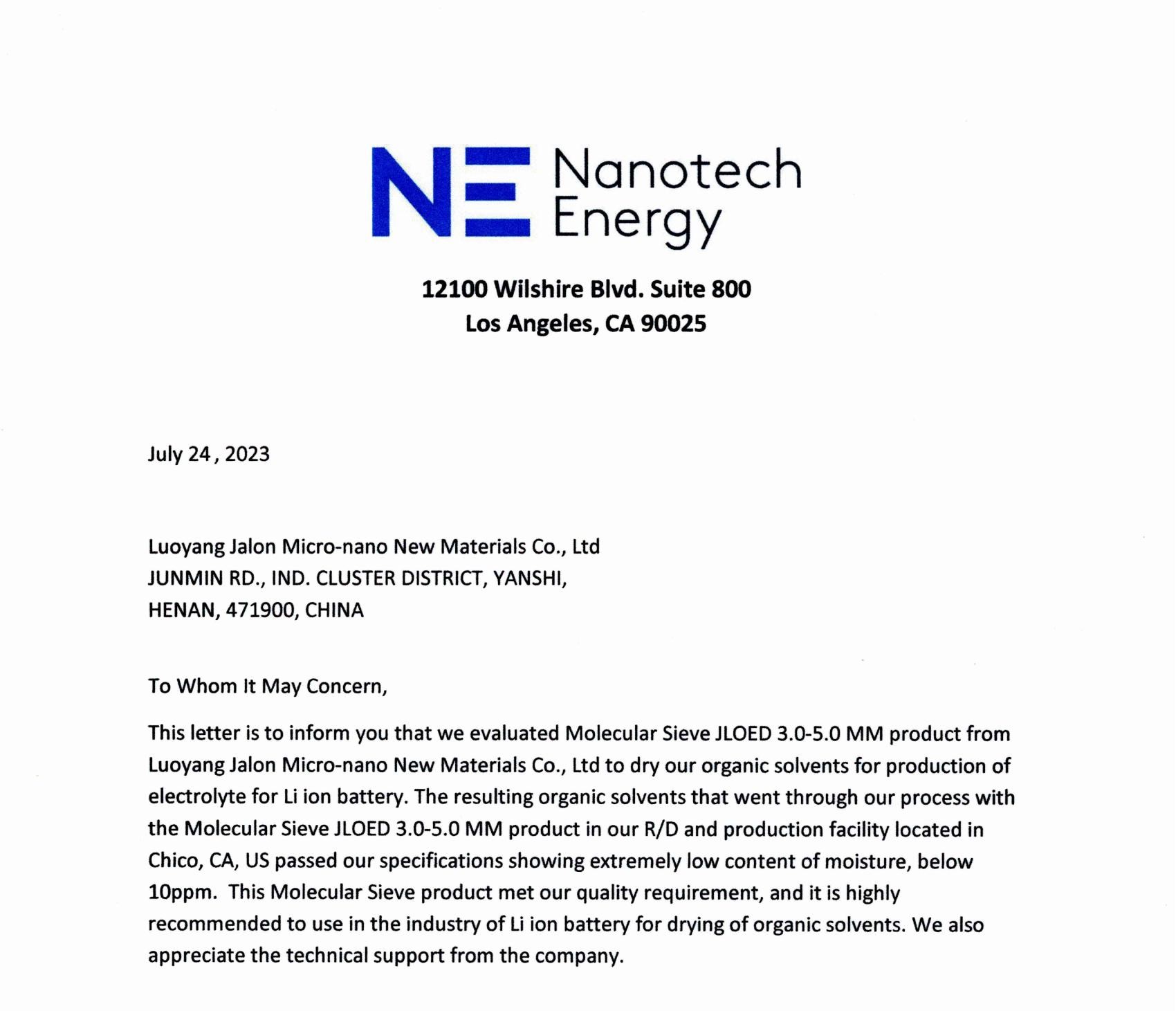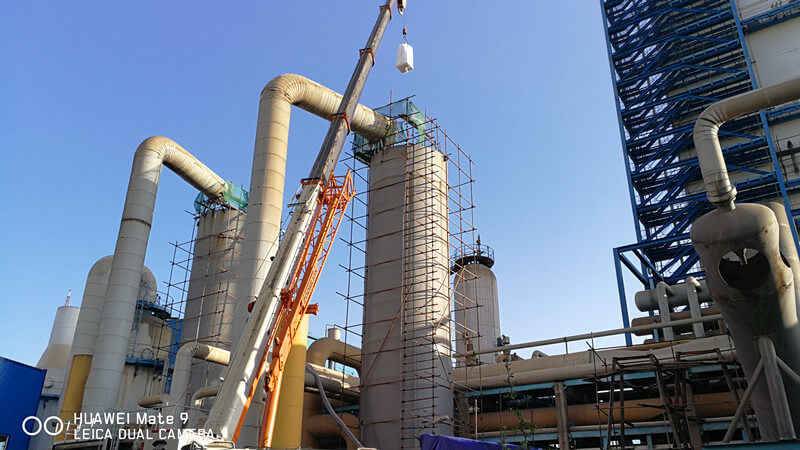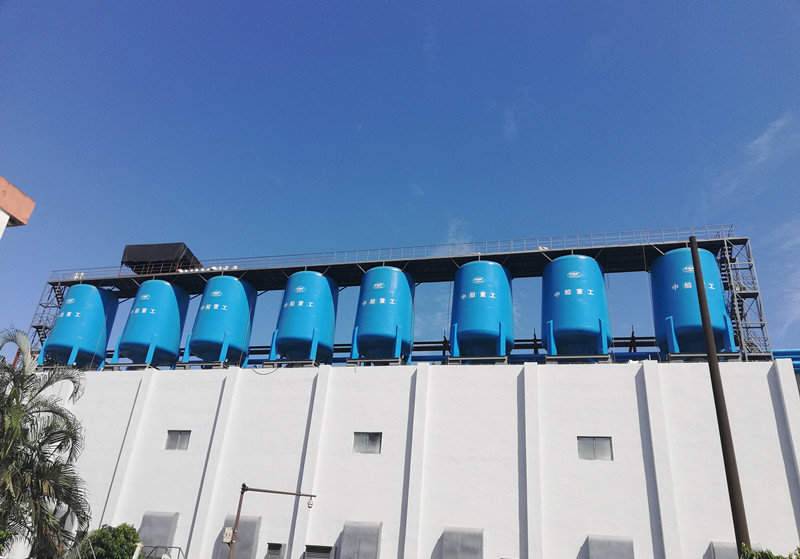What Is Nitrogen Production? Understanding the Basics
Nitrogen production is the process of purging nitrogen gas (N₂) from the earth’s atmosphere for use in different industries. Nitrogen is the most abundant element on the earth’s surface making up about 78% of the earth’s atmosphere but is rarely used in its natural gaseous form. However, industries need pure nitrogen or nitrogen compounds for certain uses only. To satisfy these requirements, nitrogen has to be separated from oxygen, water vapor, carbon dioxide, and other gases which are present in air using specific techniques.
The nitrogen gas is prepared industrially for use in processes where an inert atmosphere is needed, for example in chemical production, food processing, and drug manufacturing. Nitrogen is also used in the production of other compounds such as nitric acid, sodium nitrate, and potassium nitrate which are vital in agriculture, mining, and other industries.
To know how to make nitrogen requires learning of different methods such as pressure swing adsorption (PSA), cryogenic distillation, and membrane separation. These methods have their own advantages and are used depending on the required nitrogen purity, cost and production volume. Nitrogen generation technologies have advanced from industrial scale nitrogen production to laboratory scale nitrogen production to meet the increasing needs of industries.

How Nitrogen Gas Is Generated: Exploring the Main Methods
Nitrogen generation involves the use of sophisticated technologies to extract nitrogen gas from the atmosphere. The three most used techniques are pressure swing adsorption (PSA), cryogenic distillation and membrane separation. These methods differ in terms of the level of sophistication, cost, and the type of nitrogen they generate but all of them are intended to generate high purity nitrogen for use in industries and commerce.
| Method | Purity Range | Applications | Advantages | Disadvantages |
| PSA (Pressure Swing Adsorption) | Up to 99.999% | Small to medium-scale industrial use; on-site production | High efficiency, flexible, low maintenance, cost-effective | Not suitable for large-scale production; air quality-sensitive |
| Cryogenic Distillation | Up to 99.999% | Large-scale nitrogen production (>5000 Nm³/h) | Suitable for high-purity, high-capacity needs; can produce liquid and gaseous nitrogen | High energy consumption; expensive and complex equipment |
| Membrane Separation | 95%-99.5% | Moderate purity needs (e.g., food packaging, tank inerting) | Compact, energy-efficient, flexible, low maintenance | Limited purity, not ideal for high-purity applications |
(Pressure Swing Adsorption)
Pressure Swing Adsorption (PSA) is one of the most popular and effective technologies for obtaining nitrogen gas of high purity, particularly for enterprises which require on-site generation. It uses the ability of Carbon Molecular Sieve (CMS) to selectively adsorb nitrogen from the other gases in the air such as oxygen to separate nitrogen from oxygen and other impurities in the air.
Here’s how it works: First, ambient air is compressed using an air compressor so that the air supplied to the system is compressed. However, this compressed air must be pre-treated before it gets to the Carbon Molecular Sieve and this is through drying. One of the most important processes for maintaining the performance and efficiency of the system is the process of air drying. If the moisture is not properly removed it will affect the Carbon Molecular Sieve, decrease the ability of the adsorption and lead to early saturation. To avoid this, drying agents like activated alumina are used. If for deeper drying, molecular sieves (3A, 4A or 13X) are used. These materials can even strip amounts of water vapor to the extent that the air fed into the PSA system is sufficiently dry to safeguard the CMS and guarantee constant nitrogen quality.
The compressed air after drying is then passed through a vessel containing Carbon Molecular Sieve. The Carbon Molecular Sieve works as a filter that allows only oxygen, carbon dioxide, and water vapor to pass through it because of their small molecular size and high adsorption capacity. Larger nitrogen molecules pass through the sieve and are collected as the final product while the other gases are trapped by the sieve. In cases where there are other contaminants in large quantities, for instance, CO₂, other adsorbents like 5A or 13X Molecular Sieve can be added together with the CMS. These materials are very efficient in trapping CO₂ and water vapor, which enables the Carbon Molecular Sieve to concentrate on the separation of nitrogen and improving the efficiency of the system as well as its durability.
The system works in cycles, which include adsorption and desorption. In the adsorption phase, oxygen and other impurities are trapped by the Carbon Molecular Sieve at high pressure. In the desorption phase, the pressure is quickly decreased so that the Carbon Molecular Sieve can release the adsorbed gases and be regenerated. If the desorption is not done properly, the sieve will soon get filled up and the efficiency will drop, the operational cycles will be shorter and the system may fail. These two phases, namely adsorption and desorption, are critical to maintaining a constant and uninterrupted supply of nitrogen.
PSA technology can deliver nitrogen purities of up to 99.999% and is suitable for high purity applications in electronics, pharmaceuticals and food packaging. PSA is more economical and feasible for on-site production than conventional cryogenic techniques, especially for industries that need a continuous nitrogen supply of 10-5000 Nm³/h.
However, it is important to note that PSA does have some limitations. The system depends on the quality of air and therefore the pre-treatment must be effective in preventing moisture or impurities from damaging the Carbon Molecular Sieve. Furthermore, PSA systems are not as efficient as cryogenic methods for large scale nitrogen production and therefore are more suitable for medium to small industrial applications.
PSA has emerged as a key technology in nitrogen production due to its high efficiency, low maintenance, and ability to deliver nitrogen at varying levels of purity. The use of appropriate pre-treatment and quality drying agents and auxiliary adsorbents guarantees that the system performs optimally and produces high purity nitrogen under diverse operating conditions.
Cryogenic Distillation
Cryogenic distillation is the most common and cost effective technique used for industrial nitrogen production particularly where high purity and large capacity is needed. This process involves cooling atmospheric air to very low temperatures, then liquefying it and finally fractionating it by boiling point, since nitrogen, oxygen and argon have different boiling points.
The process starts with air compression and purification. Air from the atmosphere is compressed and then treated to remove contaminants such as dust, carbon dioxide and water vapor. This purification step is important because any contaminants may solidify at cryogenic temperatures, which are usually around -196°C (-321°F), and block the cooling and distillation process. Effective drying is also critical here, as even the presence of water or CO₂ can be detrimental to equipment and performance.
For the purpose of drying the air, the most commonly used adsorbents are molecular sieves (13X) and activated alumina. Molecular sieves are used in cryogenic distillation because they can selectively adsorb water and CO₂ at very low partial pressures better than other adsorbents. These synthetic zeolites have a well-ordered pore structure that selectively adsorbs smaller molecules such as water, thus achieving a very high level of dew point control. For example, molecular sieves can lower the dew point of air to -100°C and are therefore used to eliminate ice formation in cryogenic systems. However, activated alumina, although relatively cheap and possessing a high water adsorption capacity, does not offer the selectivity or adsorption capacity of molecular sieves in the removal of CO₂, which is crucial in cryogenic processes.
After passing through the purification and drying processes, the air is cooled to cryogenic temperatures by heat exchangers and refrigeration cycles. At these temperatures, the air turns into a liquid state of nitrogen, oxygen and argon. Fractional distillation then separates the components of the mixture into their individual parts. The boiling point of nitrogen is the lowest (-196°C) and it boils first and is collected as the main product. Oxygen and argon with higher boiling points are separated in the next steps, and nitrogen with a purity of up to 99.999% is produced, which is used in electronics production and medical facilities.
Cryogenic distillation is energy consuming because of the need to cool the gas to a very low temperature, but it is the most suitable for large scale production units that require constant nitrogen supply of more than 5000 Nm³/h. Cryogenic distillation is more scalable than PSA and is capable of producing both liquid and gaseous nitrogen, which is beneficial for a range of industrial uses due to its reliability.
In conclusion, cryogenic distillation is a stable and efficient method of producing nitrogen, especially for industries that require large quantities of nitrogen with minimal impurities.

Membrane Separation
Membrane separation is one of the most effective and advanced methods of nitrogen production that is characterized by compactness and energy efficiency in comparison with other methods. This process employs polymer membranes that are selective in that they allow gases to pass through at different permeation rates. When compressed air is passed through the membrane modules, gases that permeate through the membrane walls faster are oxygen, water vapor and carbon dioxide while nitrogen which permeates slowly is retained and becomes the main product.
The essence of this process is based on the ability of the membrane material to be selectively permeable. The gases with lower molecular weights or higher diffusivity like oxygen and water vapor pass through the membrane at a faster rate while nitrogen is retained with the level of purity of between 95% and 99.5%. Although this level of purity is not as high as that obtained by cryogenic distillation, it is adequate for many uses, for example, for inert storage vessels, fire protection systems or to create protective gaseous environments for food processing. This method is especially suitable for industries with moderate nitrogen purity demands due to its ease of use and applicability at any scale.
Pre-treatment of compressed air is very important to the effectiveness and durability of the membrane systems. Any form of moisture or impurities such as CO₂ and oil vapors may affect the membranes or their efficiency in the long run. To overcome this, drying and impurity removal processes are incorporated into the system. The drying process is done by adsorbents such as activated alumina which is cheap and commonly used for removal of water. For further drying, molecular sieves (4A, 13X) are used because they can lower the dew point to the lowest levels so that no moisture can penetrate the membrane. Silica gel is also used in applications where both adsorption rate and regeneration capacity are important.
In addition to drying, it is equally important to remove other contaminants such as CO₂ and oil vapors from the gas. Molecular sieves are very efficient in the removal of both water and CO₂, which makes them essential in the preservation of membrane performance. On the other hand, activated carbon is employed to filter oil vapors and other organic compounds so that only clean air gets into the system. The application of molecular sieves and activated carbon forms a complete pre-treatment system. However, molecular sieves are more flexible because they both deal with moisture and CO₂, and that is why they are used in critical cases.
Membrane nitrogen generators are particularly appreciated for their ease of use and low cost of operation. They are not as extreme as cryogenic systems and do not require distillation equipment of a high standard. These systems are small in size, easily scalable and do not need much attention in terms of maintenance. For example, a standard membrane system can work without interruption and the filters only need to be changed occasionally, thus saving time and money. Furthermore, membrane systems are energy efficient and have shorter start up times compared to pressure swing adsorption making them ideal for applications that require fluctuating or low demand for nitrogen.
For moderate levels of nitrogen purity, membrane separation is more energy efficient than Pressure Swing Adsorption (PSA) systems. However, PSA systems are more appropriate for applications that require higher nitrogen purity. On the other hand, the membrane systems are flexible and easy to use, and this makes them suitable for industries that require simple systems that are cheap to maintain.
In conclusion, membrane separation is a viable and efficient way of producing nitrogen. Its energy efficiency, compact size, and moderate purity make it ideal for industries that need a flexible and low-maintenance system. The membrane systems provide reliable and high-performance drying and advanced removal solutions that can meet various industrial demands.
How Jalon Molecular Sieves Support Efficient and Reliable Nitrogen Production
JALON is a global manufacturer of molecular sieves and provides high-performance sieves for nitrogen production applications. We have 112 registered patents and export them to 86 countries and regions which prove our global reliability and leadership in innovation. We are ISO 9001 and ISO 14001 certified and our products are of the highest quality and environmental compliance.
Our molecular sieves, such as A, X, and Z types, offer the best adsorption characteristics, which guarantee the efficient exclusion of water and CO₂ during nitrogen generation. JALON invested ¥14.5 million RMB in R&D to improve the performance of the sieves and our products are suitable for various industries, especially the medical, refining and gas processing industries. Trust JALON for efficient, reliable, and sustainable nitrogen production solutions tailored to your needs.
Applications of Nitrogen Production Across Major Industries
Nitrogen gas is an essential commodity that is used in various industries for various purposes. Due to its inertness, ease of use and availability, it is used in many industrial processes. Below is an industry-specific breakdown of nitrogen’s key uses:
Chemical Industry
In the chemical industry, nitrogen is a critical element for synthesizing various compounds that are vital in the chemical industry. It is used in the production of nitric acid which is used in the manufacture of fertilizers such as ammonium nitrate and industrial explosives. Also, nitrogen compounds like sodium nitrite and sodium nitrate are used in food preservation, curing and in any process where oxidation is undesirable. The high demand for nitrogen-based fertilizers across the globe supports the importance of nitrogen in agriculture and food production.
Oil and Gas Industry
In the oil and gas industry, nitrogen is used in the EOR techniques that are applied in the sector. Through injecting nitrogen, the companies enhance the recovery of the oil in the reservoirs, particularly in the older fields. Nitrogen is also used for pipeline purging and pressure testing, which makes it safe since it displaces oxygen and hence there is no risk of combustion or contamination. Because of its inactivity, it is crucial for preserving operational functionality in high-pressure conditions.

Aerospace Industry
Nitrogen is used in aerospace industry to inflate aircraft tires because it does not react with other elements and therefore does not pose a danger of explosion at high altitudes. It is also employed as an unreactive gas in fuel systems to minimize the chances of combustion and enhance safety during use. These applications show how nitrogen can be used to insulate and safeguard important equipment in harsh environments.
Pharmaceutical and Electronics Industries
Nitrogen is crucial in the preservation of controlled conditions in both the pharmaceutical and electronics industries. In drug manufacturing, nitrogen is used to prevent oxidation at the time of production and storage so that the quality and efficacy of the product is not compromised. In electronics, nitrogen is used for wave soldering and cleanroom environment where even the slightest of contaminants can ruin sensitive circuits or devices.
Cryogenics and Food Industry
Cryogenic freezing uses liquid nitrogen which has very low temperatures and is used in preserving biological samples and stabilizing other delicate items. It is commonly used in the food industry for flash freezing that helps to preserve the freshness and increase the shelf life of the products. These applications show how nitrogen can meet extreme temperature needs of an application.
Challenges in Nitrogen Production and How Technology Is Solving Them
Nitrogen is used across industries, but its generation poses certain challenges that may affect its application in terms of safety, cost and on the overall environmental impact. These problems, however, are being solved by recent technological developments and changing the manner in which nitrogen is made.
The major problem associated with nitrogen production is high energy costs, particularly in the older techniques such as cryogenic distillation. This process involves cooling air to very low temperatures, which is both energy and time consuming as well as expensive. To this end, the membrane separation systems are among the modern technologies that are energy efficient. These systems employ state of the art polymer membranes that filter gases based on their permeability and do not require the use of extremely low temperatures. They are not ideal for applications that require very high purity of nitrogen, but are ideal for industries that require nitrogen with a purity of between 95% and 99.5%.
Another major problem is contamination, which can have a major impact on the performance of PSA (Pressure Swing Adsorption) systems. Carbon molecular sieves are sensitive to impurities such as water vapor, carbon dioxide, and oil vapors that can block the pores and therefore reduce the adsorption capacity and increase the frequency of regeneration. These have resulted to new sophisticated pre-treatment that will eliminate these contaminants including coalescing filters that capture them before reaching the PSA units. Furthermore, the newly developed molecular sieves with improved pore structures can accommodate more impurities and guarantee stable and continuous production of nitrogen.
Transportation cost inefficiencies are also a concern of the system due to expensive liquid nitrogen deliveries for distant facilities. The problem of transporting and storing liquid nitrogen also contribute to expenses as well as a larger ecological impact. To solve this, on-site nitrogen generation systems are becoming more popular. Such modular systems can be installed in facilities to enable on-site production of nitrogen instead of large deliveries, which are less flexible, more expensive and time-consuming. On-site generation also reduces the hazards that are related to handling and storage of large volumes of liquid nitrogen.
Last but not least, sustainability is still an issue. The conventional methods of nitrogen production are known to produce large amounts of carbon emissions. To this end, many of the modern systems are developed to be more environmentally friendly. For instance, the latest PSA systems with enhanced adsorption media enhance nitrogen regeneration efficiency, thus minimizing consumption of resources.
Through the use of advanced materials, pre-treatment technologies and on-site production, nitrogen production is gradually improving in terms of efficiency, cost and sustainability. These are not only innovations that are overcoming current difficulties but are also the innovations that are moving the industry for a cleaner and more reliable future.
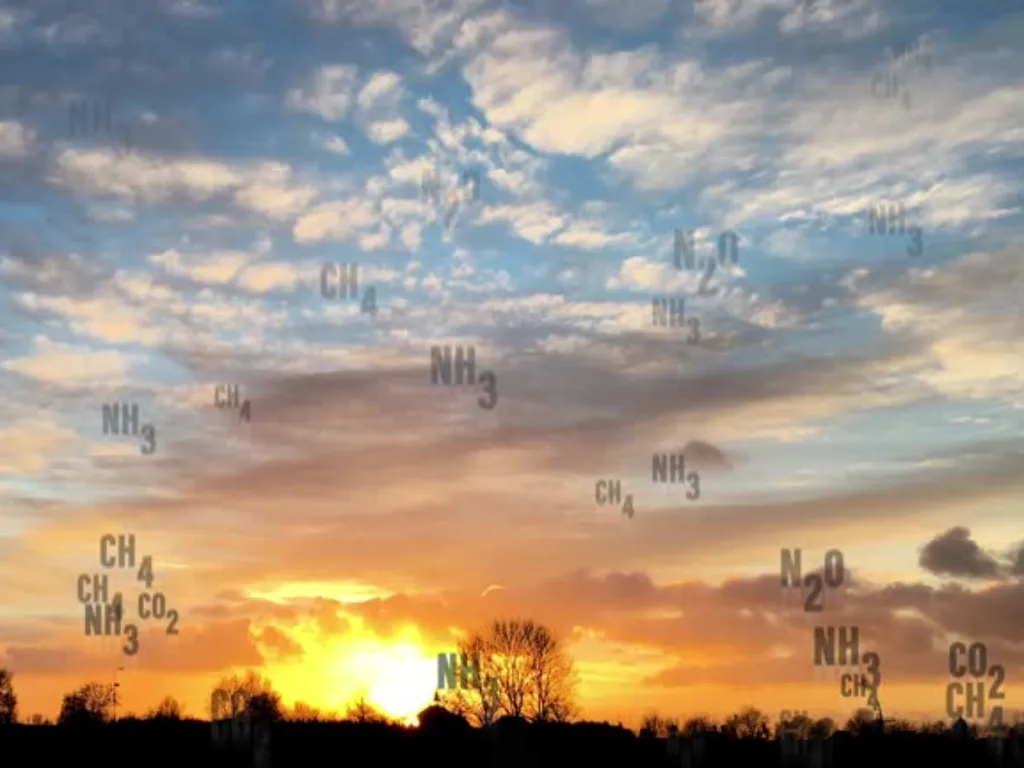
The Future of Nitrogen Production: Trends and Sustainability
Due to the rising awareness of sustainable production and energy conservation, the nitrogen production is also experiencing a shift in its development to meet the global standards. The future of nitrogen production is defined by the use of renewable energy, new material science, and the use of smart technologies.
Renewable energy integration
The use of solar and wind power as sources of energy in the generation of nitrogen is one of the most revealing trends marked in research. These systems decrease dependence on fossil energy sources, which makes the nitrogen production process much less carbon-intensive. For example, it has been found out that integrating on-site nitrogen generators with re-newable energy can reduce greenhouse gas emissions by about 30 %. This shift not only contributes to sustainability but also makes nitrogen production more immune to energy cost volatility.
New Material and Technologies
New generation adsorption materials are expected to transform the nitrogen production industry. Newer types of CMS and hybrid membranes are under research to improve the nitrogen purity while at the same time being energy efficient. For instance, newer CMS materials have better selectivity, and the nitrogen recovery rates are now above 95%. Polymer-inorganic hybrid membranes have high stability and tunability, which makes them suitable for various industrial uses.
Implementation of Intelligent Technologies
Robotics and artificial intelligence are becoming the key drivers of change in nitrogen production systems. The constant tracking of the system performance alongside the use of predictive maintenance algorithms guarantees the efficient use of energy and minimal system failure. Specifically, industrial nitrogen requirements of different levels of purity and varying flow rates can be met by AI-controlled systems to reduce the overall cost while being environmentally friendly.
Optimization of waste management and the principles of circular economy
Future nitrogen production technologies are also aiming at reducing waste production. For instance, modern PSA systems have been developed to near-absolute adsorption cycles, thus minimizing the remaining waste gases. Certain markets are looking at possibilities of reusing/redirecting the emission gases back into production processes, which would enhance environmental efficacy.
The Path Forward
In the future, nitrogen production will focus on energy saving, rationalization of resources, and the cost–benefit balance. Nitrogen production technologies remain one of the most important enablers of industrial processes and will continue to be a driver for innovation in industries as diverse as electronics and pharmaceuticals, food processing and aerospace. These innovations guarantee that nitrogen remains a fundamental element in industrial processes and contributes to the sustainable development of the world.

